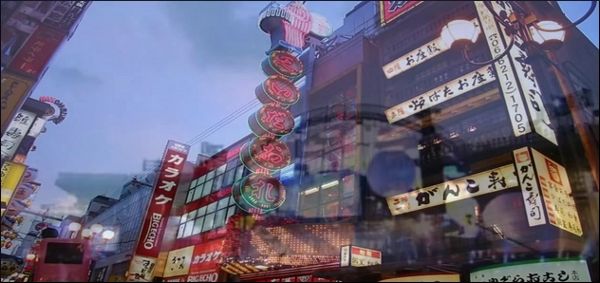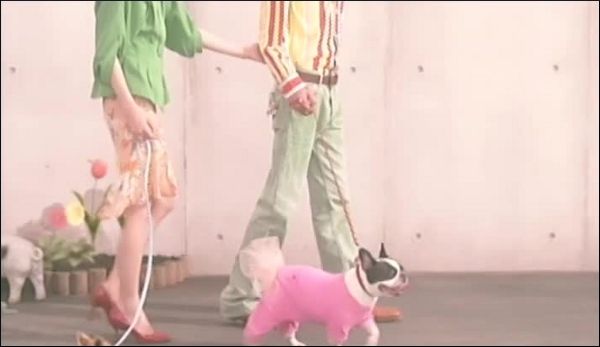
- Osaka Lover
- Released in: 2013
Japanese pop band Dreams Come True tell the story of a young girl who travels often to the city of Osaka to visit her boyfriend.

Japanese pop band Dreams Come True tell the story of a young girl who travels often to the city of Osaka to visit her boyfriend.
Dreams Come True was founded in 1988 by bass player and leader Masato Nakamura, vocalist Miwa Yoshida, and keyboardist Takahiro Nishikawa, who later left the band to pursue a solo career. They gained considerable popularity with their debut album in 1989 and, since then, have been an integral part of Japanese pop music. Their albums and singles have consistently graced the charts since the late eighties, and there are few Japanese people who have yet to hear of Dreams Come True or, as they are sometimes referred to by their fans, Dorikamu. One of their most interesting hit singles is the 2007 release, “Osaka Lover.”
The lyrics are written from the perspective of a young girl who travels often to visit her boyfriend living in the city of Osaka. Admirably, though singer and writer Yoshida is not from there, the entire song is in the heavy dialect of Osaka-ben. It rises above being a catchy, run-of-the-mill love song to become an ode to a wonderful city. Right from the start, it takes us on a tour of Osaka landmarks: Shin-Osaka Station, the Tower of the Sun in Expo Commemoration Park, the midtown six-lane Midosuji Avenue, and the classic symbol of Osaka, Tsutenkaku Tower.

The Osaka dialect differs greatly from textbook Japanese. Not just in certain words and usages, but also in deeper ways, like completely different verb conjugations and adjectives. It’s pervasive in Japanese pop culture and especially on TV. A lot of famous comedians hail from Osaka and the surrounding area, known as Kansai, which has even led to the stereotype that anyone speaking the Osaka dialect is supposed to be funny. Serious Osaka locals might even find themselves being pressured to tell jokes when visiting their colleagues in Tokyo on business. It is fair to say that people outside the Kansai area understand the dialect pretty well, but certain phrases can be very ambiguous, a problem reflected in the song. Twice, the singer hints at an activity she’s interested in, only to receive the following answer from her boyfriend: “Soyanaa…” This is as ambiguous as it gets, and it can be translated in a myriad of ways. Basically, it just means “it is” in English.
Although the dialect in the lyrics is nearly perfect, native speakers have pointed out uncommon usages. Yoshida sings, “Oosaka no obachan to yobaretain yo” (I want to be called an Osaka hag), referring to the stereotypical middle-aged woman in the greater Kansai area, blocking sidewalks and supermarket aisles while loudly discussing the latest gossip with her friends. However, a native of Osaka would likely not say “~tai n yo,” but rather “~tai nen.” The exclamatory “yo” in standard Japanese is often replaced by “nen” in the Osaka dialect. For example, the famous Osaka catchphrase that anyone who has ever turned on a TV set in Japan knows, “Nan de ya nen?!” (What the hell?), would be “Nan da yo?!” in standard Japanese.
